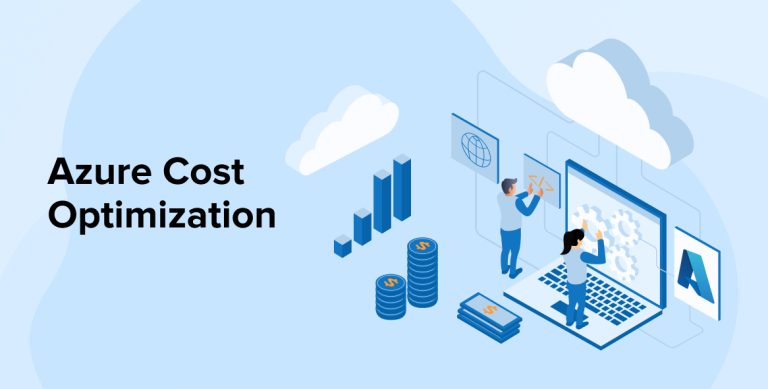Image Credit: Microsoft
Cloud computing offers unmatched scalability, flexibility, and innovation — but without proper planning, your Azure costs can quickly spiral out of control. Whether you're a startup or a global enterprise, cost optimization should be a continuous part of your cloud strategy.
In this guide, we’ll walk you through 10 proven cost optimization strategies in Microsoft Azure that can significantly reduce your monthly cloud bill — without sacrificing performance or productivity.
Why Cost Optimization Matters in Azure
Microsoft Azure uses a pay-as-you-go pricing model, meaning you're charged for what you use. While this is great for flexibility, it also means idle resources, oversized virtual machines, or inefficient architectures can lead to wasteful spending.
Cost optimization isn't about cutting corners — it's about making smart, data-driven decisions to maximize the value of your cloud investment.
Top Azure Cost Optimization Techniques
1. Right-Size Your Virtual Machines
Many organizations over-provision VM sizes “just in case.” Analyze your usage with Azure Advisor and Metrics to determine whether your VMs are underutilized. Then switch to a more appropriate size.
💡 Tools: Azure Advisor, Azure Monitor, Cost Management
2. Use Azure Reservations (RIs)
If you know you'll be using a resource (like a VM, SQL Database, or App Service) for 1 or 3 years, purchase a Reserved Instance to save up to 72% compared to pay-as-you-go pricing.
3. Auto-Shutdown Dev/Test Environments
Don’t pay for resources you're not using. Use Azure Automation or built-in auto-shutdown schedules to power off VMs during nights and weekends.
Ideal for development, testing, training, and lab environments.
4. Identify and Remove Unused Resources
Audit your Azure environment regularly to find:
💡 Run Azure Resource Graph queries to automate this cleanup.
5. Use Azure Cost Management + Billing
This native tool provides:
Set budgets and alerts to stay ahead of cost overruns.
6. Take Advantage of Azure Hybrid Benefit
Bring your existing on-premises Windows Server or SQL Server licenses to Azure and save up to 40% on VM costs.
Must have Software Assurance or eligible subscription licenses.
7. Use Serverless and PaaS When Possible
Instead of managing VMs, consider Platform-as-a-Service (PaaS) options like:
These scale automatically and only charge for execution time or usage.
8. Implement Resource Taggingg
Use tags like Environment, Owner, Project, and CostCenter to track and allocate costs. This improves visibility and accountability across departments.
9. Move Dev/Test Workloads to Dev/Test Subscriptions
Azure offers discounted pricing for Dev/Test subscriptions through Visual Studio benefits or Enterprise Agreements. Use them to run non-production workloads at a lower cost.
10. Use Spot VMs for Interruption-Tolerant Workloads
Spot VMs offer huge discounts (up to 90%) for workloads that can be interrupted, such as:
Just ensure your app can handle termination notices gracefully.

Cost optimization in Azure isn't a one-time task — it's an ongoing process. The more visibility and control you have over your cloud environment, the more confident you can be that you're getting maximum value for every rupee or dollar spent.
Whether you're managing a single workload or an enterprise-wide migration, these best practices can help you save thousands per year, improve your ROI, and support sustainable cloud growth.


